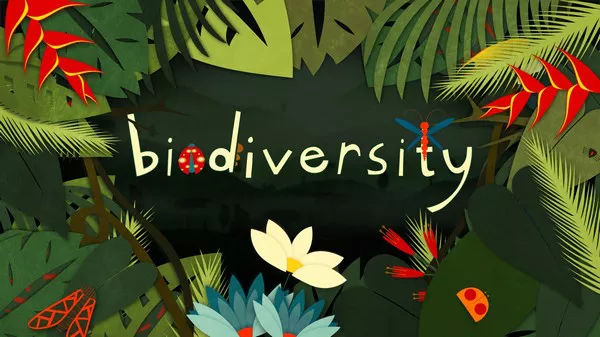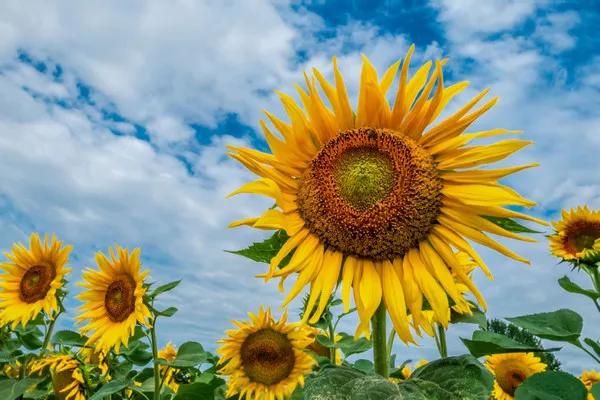Biodiversity, the intricate web of life that encompasses the variety of species, ecosystems, and genetic diversity on Earth, is a fundamental cornerstone of our planet’s health and resilience. Certain countries stand out as global biodiversity hotspots, harboring an exceptional array of species and playing a crucial role in maintaining ecological balance. In this comprehensive exploration, we delve into the world’s top ten countries for biodiversity, celebrating their natural riches and the conservation efforts that safeguard the biological diversity crucial to the health of our planet.
World’s Top 10 Countries for Biodiversity
1. Brazil: Amazonian Eden
Brazil, home to the vast Amazon Rainforest, reigns supreme as a global biodiversity powerhouse. The Amazon, often referred to as the “lungs of the Earth,” teems with an astonishing diversity of flora and fauna, many of which are found nowhere else on the planet. Brazil’s expansive ecosystems, ranging from the Amazon Basin to the Pantanal wetlands, contribute to its status as a megadiverse nation. The country’s commitment to conservation, including protected areas and indigenous territories, reflects the recognition of its responsibility to safeguard a significant portion of the world’s biodiversity.
2. Colombia: Andean Biodiversity Haven
Nestled within the Andes Mountains and cradled by two oceans, Colombia boasts a diverse topography that fosters an exceptional range of ecosystems. From the high-altitude páramos to the lush Amazon rainforest and the coral-rich Caribbean coast, Colombia is a biodiversity haven. The country’s commitment to conservation is evident in its extensive national park system, including the renowned Sierra Nevada de Santa Marta National Park. Efforts to balance economic development with environmental preservation showcase Colombia’s dedication to maintaining its status as a global biodiversity hotspot.
3. Indonesia: Archipelagic Biodiversity Marvel
With its sprawling archipelago, Indonesia is a biodiversity marvel, hosting a wealth of species across its diverse islands. From the lush rainforests of Sumatra and Borneo to the vibrant coral reefs of Raja Ampat, Indonesia’s ecosystems support a staggering variety of life. The nation’s biodiversity is not without challenges, including deforestation and habitat loss. However, Indonesia has implemented conservation initiatives and marine protected areas to mitigate threats and ensure the preservation of its unique biological heritage.
4. Mexico: Mesoamerican Biological Corridor
Mexico’s geographical diversity, stretching from the deserts of the north to the tropical rainforests of the south, contributes to its position as a biodiversity hotspot. The Mesoamerican Biological Corridor, encompassing parts of Mexico and Central America, is particularly rich in species diversity. Mexico’s commitment to conservation is evident in initiatives such as the Monarch Butterfly Biosphere Reserve and the protection of marine environments along its extensive coastlines. These efforts showcase Mexico’s dedication to preserving its natural heritage.
5. Peru: Andean Biodiversity Extravaganza
Peru’s claim to fame in the realm of biodiversity lies in its Andean landscapes, the Amazon Basin, and the Pacific coastline. The country’s diverse ecosystems provide habitat for an array of species, many of which are endemic to the region. Peru’s commitment to conservation includes the establishment of national parks and reserves, such as Manu National Park, a UNESCO World Heritage site. The delicate balance between sustainable development and biodiversity preservation underscores Peru’s dedication to safeguarding its natural treasures.
6. Ecuador: Galápagos and Beyond
Ecuador, straddling the equator, is renowned for its diverse landscapes, from the iconic Galápagos Islands to the cloud forests of the Andes. The Galápagos Archipelago, with its unique and endemic species, showcases Ecuador’s significance in global biodiversity. The country’s commitment to conservation is evident in its protected areas, including the Yasuní Biosphere Reserve in the Amazon rainforest. Ecuador’s emphasis on sustainable development and ecotourism reflects a holistic approach to preserving its natural heritage.
7. India: A Tapestry of Biodiversity
India, with its varied climates and landscapes, is a biodiversity hotspot that spans from the Himalayan mountains to the coastal regions. The Western Ghats and the Eastern Himalayas are recognized as biodiversity-rich areas, housing numerous endemic species. India’s commitment to conservation is reflected in projects like Project Tiger and the establishment of national parks and wildlife sanctuaries. Challenges such as habitat loss and pollution underscore the importance of ongoing efforts to protect and sustain the country’s diverse ecosystems.
8. Madagascar: Island of Unique Biodiversity
Isolated from mainland Africa, Madagascar is a treasure trove of biodiversity with a high degree of endemism. Lemurs, chameleons, and a myriad of unique species call this island nation home. Deforestation and habitat loss are critical concerns, prompting conservation efforts such as the establishment of protected areas and community-based initiatives. Madagascar’s commitment to balancing development with biodiversity preservation is crucial for the survival of its exceptional and irreplaceable species.
9. Australia: A Continent of Contrasts
Australia’s vast and varied landscapes contribute to its status as a biodiversity hotspot. From the Great Barrier Reef, a marine wonderland, to the arid expanses of the Outback, Australia harbors unique flora and fauna. Conservation efforts focus on protecting iconic species like the koala and addressing threats such as habitat loss and climate change. Australia’s commitment to marine conservation, exemplified by the establishment of marine reserves, underscores the nation’s dedication to preserving its diverse ecosystems.
10. South Africa: Floral Kingdom Extravaganza
South Africa’s biodiversity is characterized by its rich floral diversity, particularly in the Cape Floristic Region, a UNESCO World Heritage site. The country’s ecosystems range from the Fynbos biome to the iconic Kruger National Park. Conservation efforts focus on protecting endangered species, combating poaching, and promoting sustainable tourism. South Africa’s commitment to biodiversity extends to marine conservation, reflecting a holistic approach to preserving its natural heritage.
See Also: TOP 10 STEEL PRODUCING COUNTRIES IN THE WORLD
Conclusion
The world’s top ten countries for biodiversity serve as guardians of global biological wealth, contributing to the intricate tapestry of life on Earth. As these nations navigate the challenges of habitat loss, climate change, and human impact, their commitment to conservation and sustainable practices becomes increasingly vital. The delicate balance between development and biodiversity preservation underscores the importance of collective global efforts to ensure the survival of Earth’s rich and irreplaceable natural heritage. Through ongoing conservation initiatives, sustainable practices, and international collaboration, these countries pave the way for a future where biodiversity thrives, ensuring the health and resilience of our planet for generations to come.
You Might Be Interested In:






















